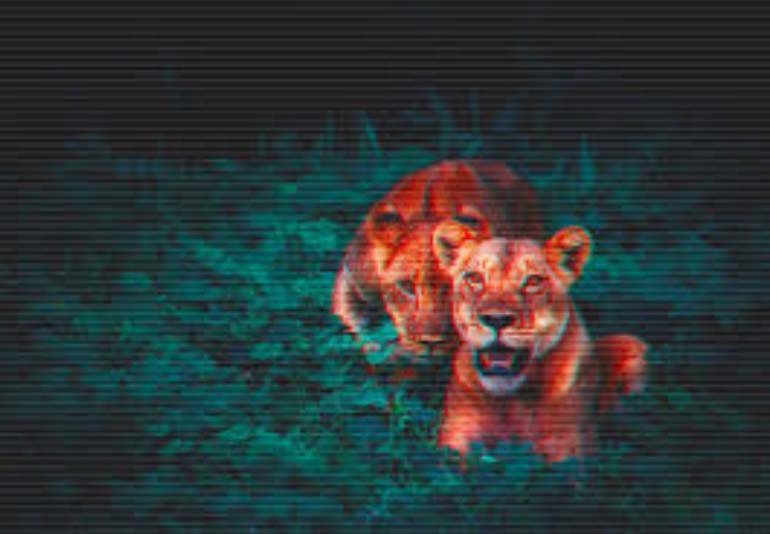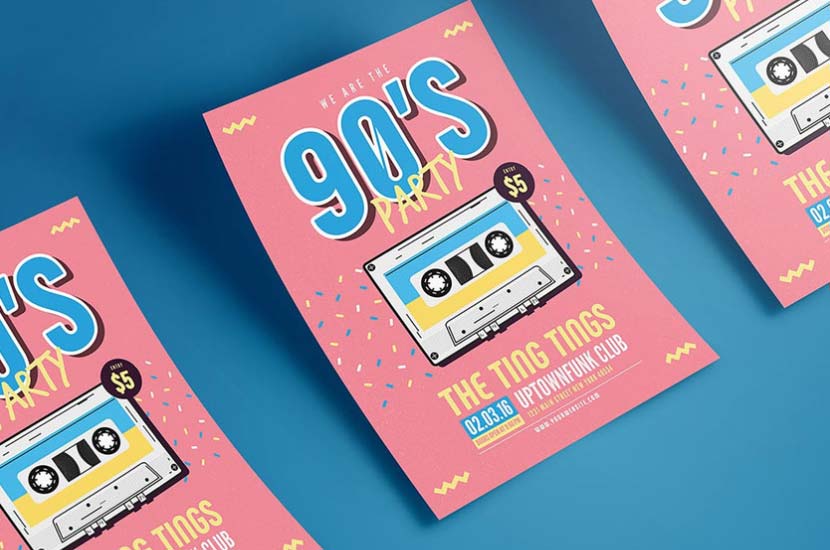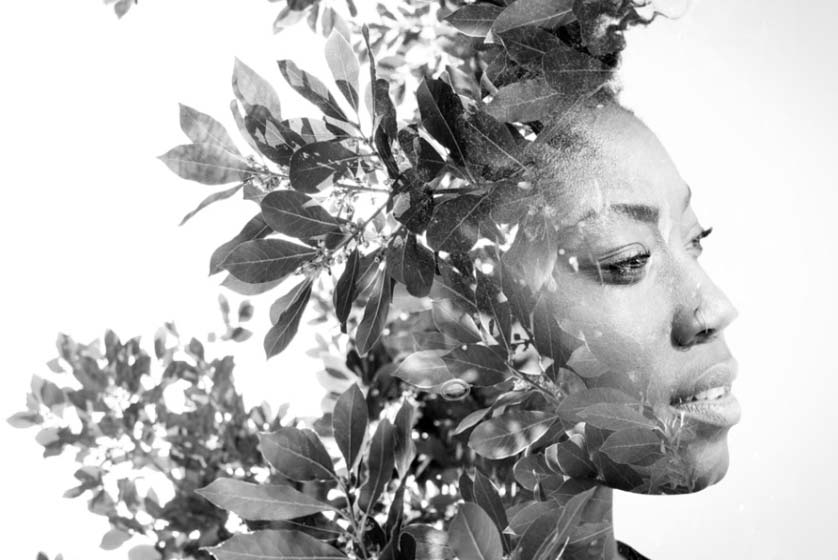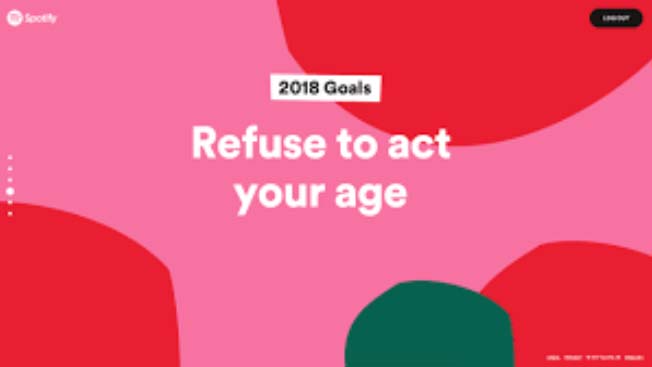Top Design Trends of 2018
Website Editor • June 25, 2019
Summary of the top design trends in 2018
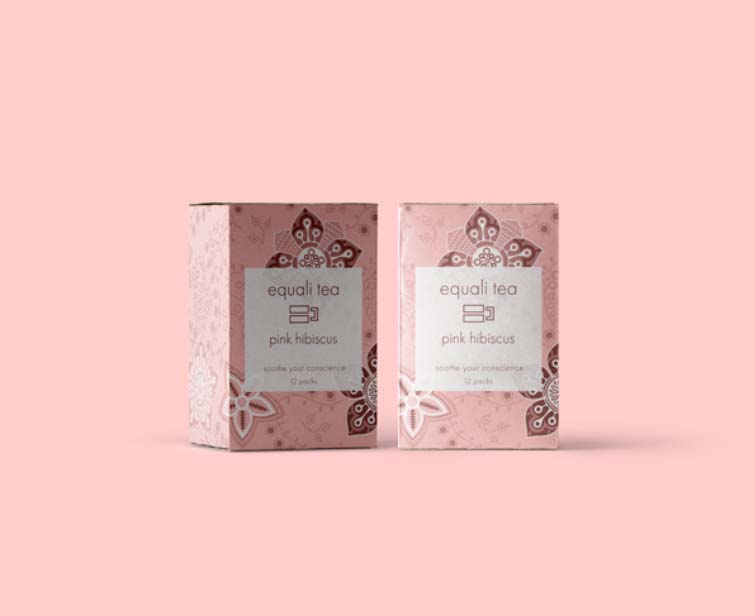
So far, 2018 has not disappointed when it comes to design. Although the year is not over, it has been rich in new and returning trends, there are almost too many to pick from. With that being said, we will give you a summary of what the year has been like, in terms of graphic design.
1.
2018 is the year that has seen ‘millennial pink’ flourish. Although it goes by many names, this shade of dusty pink has taken over the internet. This specific shade of pink has been on so many advertising campaigns and product packagings there are too many to count. You have probably seen it all over the place and let’s be real you might not be a millennial but you probably have an item of two of this color at home! Although it might disappear soon, it is certainly anchored in the year 2018.
2.
Another major design trend this year has been the ‘glitch effect’. It seems that what came to life out of a malfunction is now used as a stylish effect. As one of the major trends of 2018, the glitch effect was seen almost everywhere and this retro vibe became a common theme in 2018.
3.
As mentioned earlier, this retro aesthetic is coming back in full force today. Along with the glitch effect, the 80s and 90s are making their comeback. Like fashion, design is made of cycles, we recycle old ideas thinking we just thought of them. This is exactly what’s happening in 2018.
4.
Another trend that we have loved this year is the duo tones and double exposure wave. This clash of color catches the eye and feels so different, although still in alignment with the glitch effect and other trends seen before. Using duo tone allows a designer to transform a very plain image to something truly modern, vibrant, and full of depth. Similarly, the use of double exposure allows a message to come through in a much clearer way than traditional methods. The combination of these techniques needs to be done with care and attention to detail. A poor execution of this concept can turn out to be overwhelming. However, a tasteful blend of the two will result in a splendid piece.
5.
A smaller, but just as important, trend this year was the use of creative typography. With typography being more creative than ever, it has been used in so many different ways that the choice of typography is what has made or destroyed a campaign. To maximize the impact the artistic choice must resonate with the message behind it. So that the idea comes across immediately, only by looking at the writing. This was done brilliantly by many companies as we can see here below.
6. Last but not least, we have seen a dramatic increase in the use of bold colors. Very modern and almost provocative bold colors will make you look twice at a design. Which is ultimately the goal of any project.
Articles

The United Nations has described the disruption to education caused by the pandemic as ‘unparalleled’. At the virus’ worldwide peak in April, it is estimated that over 90% of all enrolled learners, from kindergarten to bachelors and beyond, had their education affected by school closures and the pandemic (UNESCO). For many university students and older children, they have had to adapt quickly to online learning. They can keep in touch with their peers and teachers online and continue their studies, albeit in a highly modified way. As challenging as this may be, this experience will help equip them for a future that is increasingly online. For parents of younger children, they are assuming a new role: their child’s home school teacher. This is in addition to their usual childcare and household duties, their work responsibilities and often emotional and financial worries caused by the pandemic. Stressful? Yes. The good, and somewhat surprising, news? The experts advise that you don’t teach your children - at least not in the way you might expect.

If the recent outbreak of Covid-19 has taught us anything, it's that many adults do not wash their hands effectively. It has never been more important that we support our children to develop good personal hygiene to keep themselves and our families safe. This seemingly easy task can be very difficult for children with fine motor skill difficulties. In this article, we explore some ideas to support your child with hand washing.

Lockdown has brought the digital future into the now. Online shopping, entertainment, education and more have moved from the periphery to the mainstream to, in many cases, the only option. With the necessity of social distancing looking to continue for many months, it appears that this rapid digital revolution is here to stay. This means that life as we know it, in most of its sectors, has changed forever. In order to survive, businesses are having to adapt rapidly, embrace technology and look to the future. Architecture is no exception. There has been a widespread adoption of technology and VR over the past few months in response to the lockdown across all of society. Elderly grandparents who were once resistant to adopt new technologies talk of “Zooming” and have started video chatting with their family members to combat loneliness. Art galleries that were once considered stuffy or pretentious are now pioneers in VR technology, with Google Art & Culture offering tours of London’s National Gallery or the Musee D’Orsay in Paris. These virtual tours deliver art in a dynamic new way that can be far more engaging than regular photos. Critics have applauded the panoramic and immersive views of gallery building and exhibitions which work well for rendering of 2 dimensional art, however impressions of sculpture is somewhat lacklustre. With VR technology, users can enjoy a truly immersive experience in the comforts, and safety, of their own home. The COVID-19 pandemic has served as an accelerant for the arts and entertainment industries to embrace VR.




